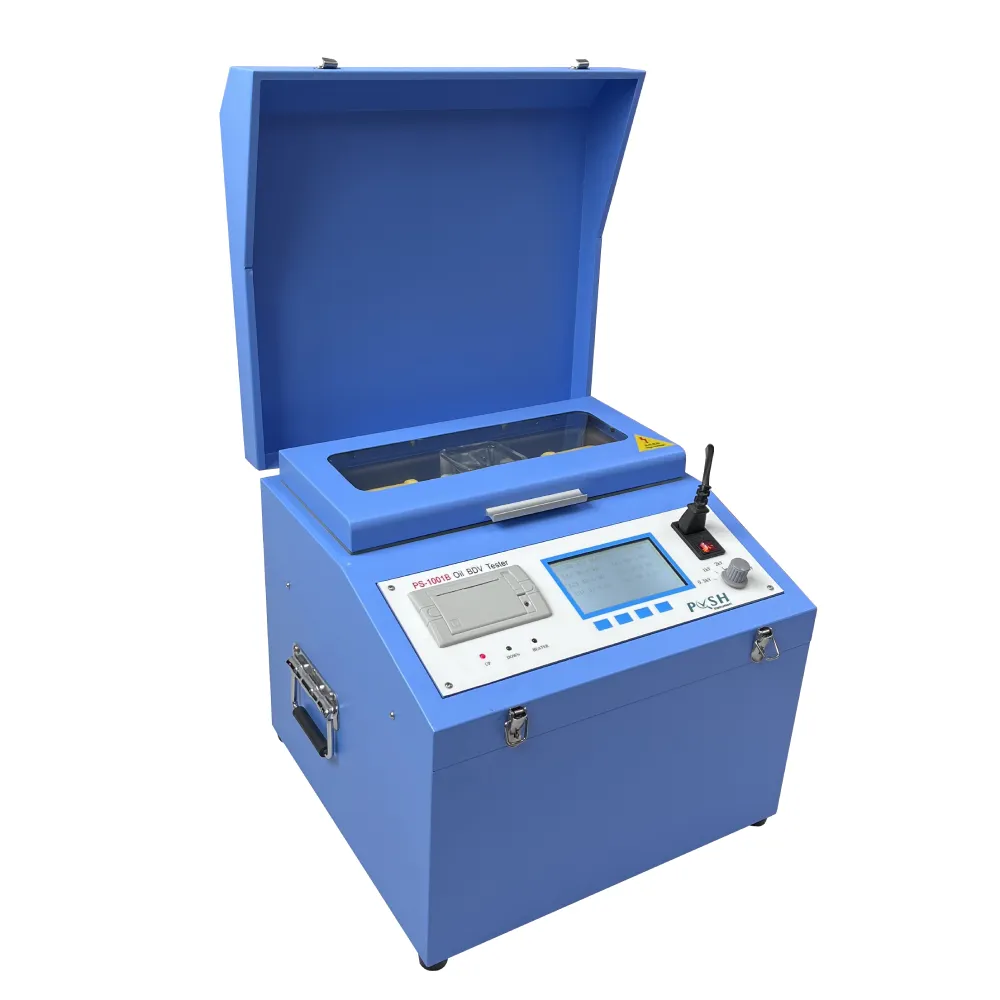 English
English



-
 Afrikaans
Afrikaans -
 Albanian
Albanian -
 Amharic
Amharic -
 Arabic
Arabic -
 Armenian
Armenian -
 Azerbaijani
Azerbaijani -
 Basque
Basque -
 Belarusian
Belarusian -
 Bengali
Bengali -
 Bosnian
Bosnian -
 Bulgarian
Bulgarian -
 Catalan
Catalan -
 Cebuano
Cebuano -
 China
China -
 China (Taiwan)
China (Taiwan) -
 Corsican
Corsican -
 Croatian
Croatian -
 Czech
Czech -
 Danish
Danish -
 Dutch
Dutch -
 English
English -
 Esperanto
Esperanto -
 Estonian
Estonian -
 Finnish
Finnish -
 French
French -
 Frisian
Frisian -
 Galician
Galician -
 Georgian
Georgian -
 German
German -
 Greek
Greek -
 Gujarati
Gujarati -
 Haitian Creole
Haitian Creole -
 hausa
hausa -
 hawaiian
hawaiian -
 Hebrew
Hebrew -
 Hindi
Hindi -
 Miao
Miao -
 Hungarian
Hungarian -
 Icelandic
Icelandic -
 igbo
igbo -
 Indonesian
Indonesian -
 irish
irish -
 Italian
Italian -
 Japanese
Japanese -
 Javanese
Javanese -
 Kannada
Kannada -
 kazakh
kazakh -
 Khmer
Khmer -
 Rwandese
Rwandese -
 Korean
Korean -
 Kurdish
Kurdish -
 Kyrgyz
Kyrgyz -
 Lao
Lao -
 Latin
Latin -
 Latvian
Latvian -
 Lithuanian
Lithuanian -
 Luxembourgish
Luxembourgish -
 Macedonian
Macedonian -
 Malgashi
Malgashi -
 Malay
Malay -
 Malayalam
Malayalam -
 Maltese
Maltese -
 Maori
Maori -
 Marathi
Marathi -
 Mongolian
Mongolian -
 Myanmar
Myanmar -
 Nepali
Nepali -
 Norwegian
Norwegian -
 Norwegian
Norwegian -
 Occitan
Occitan -
 Pashto
Pashto -
 Persian
Persian -
 Polish
Polish -
 Portuguese
Portuguese -
 Punjabi
Punjabi -
 Romanian
Romanian -
 Russian
Russian -
 Samoan
Samoan -
 Scottish Gaelic
Scottish Gaelic -
 Serbian
Serbian -
 Sesotho
Sesotho -
 Shona
Shona -
 Sindhi
Sindhi -
 Sinhala
Sinhala -
 Slovak
Slovak -
 Slovenian
Slovenian -
 Somali
Somali -
 Spanish
Spanish -
 Sundanese
Sundanese -
 Swahili
Swahili -
 Swedish
Swedish -
 Tagalog
Tagalog -
 Tajik
Tajik -
 Tamil
Tamil -
 Tatar
Tatar -
 Telugu
Telugu -
 Thai
Thai -
 Turkish
Turkish -
 Turkmen
Turkmen -
 Ukrainian
Ukrainian -
 Urdu
Urdu -
 Uighur
Uighur -
 Uzbek
Uzbek -
 Vietnamese
Vietnamese -
 Welsh
Welsh -
 Bantu
Bantu -
 Yiddish
Yiddish -
 Yoruba
Yoruba -
 Zulu
Zulu
potentiometric titration of strong acid and strong base
Potentiometric Titration of Strong Acid and Strong Base A Comprehensive Overview
Potentiometric titration is an analytical technique that employs an electrochemical sensor to monitor the potential difference between two electrodes, allowing for precise determination of the endpoint of a titration. This method is particularly useful for the titration of strong acids and strong bases, as it provides reliable and accurate measurements of pH changes throughout the titration process.
In a typical potentiometric titration involving a strong acid, such as hydrochloric acid (HCl), and a strong base, like sodium hydroxide (NaOH), the goal is to determine the concentration of the acid or base by monitoring the changes in pH as the titrant is added. Strong acids completely dissociate in solution, releasing hydrogen ions (H⁺), while strong bases dissociate entirely to produce hydroxide ions (OH⁻). The reaction between H⁺ and OH⁻ leads to the formation of water, releasing neutral pH conditions when equivalent amounts are mixed.
The setup for a potentiometric titration includes a reference electrode (often a silver/silver chloride electrode) and an ion-selective electrode, usually a glass pH electrode. As the titration progresses, the pH of the solution changes dramatically near the equivalence point—the stage at which stoichiometrically equivalent quantities of acid and base have reacted. For strong acid-strong base titrations, this occurs typically around pH 7, depending on the ionic strength and the presence of other species in the solution.
The key advantage of potentiometric titration is its ability to detect subtle changes in potential even in very dilute solutions. The titration curve generated during the process usually displays a sharp increase in pH at the equivalence point, creating an S-shaped or sigmoidal curve when plotted. This change in slope is indicative of the completion of the reaction and can be used to precisely identify the equivalence point with great accuracy.
potentiometric titration of strong acid and strong base

Analyzing the titration curve involves plotting the measured potential (in millivolts) against the volume of titrant added (in milliliters). The steep rise in the curve typically occurs over a very small volume of titrant, which makes it easier to pinpoint the equivalence point compared to colorimetric methods that might require subjective interpretation.
Furthermore, potentiometric titrations can be automated, with modern instrumentation allowing for real-time analysis and data collection. This automation enhances the reproducibility and efficiency of experiments, being particularly advantageous in laboratory settings where multiple titrations or high-throughput analyses are performed.
To effectively carry out a potentiometric titration, several factors must be considered the calibration of the pH electrode, the temperature of the solution, and the rate of titrant addition. The pH electrode must be calibrated with standard buffer solutions before the titration to ensure accurate measurements. Additionally, the temperature can affect pH readings—higher temperatures can decrease the apparent strength of acids and bases, so temperature corrections may need to be made.
In conclusion, potentiometric titration of strong acids and strong bases stands as an essential method in analytical chemistry. Its high precision, adaptability to automation, and reliable endpoint detection make it a preferred choice over traditional methods, especially for laboratory and industrial applications. Researchers and analysts benefit from the technique's ability to provide accurate quantitative data, making it a cornerstone in studies involving acid-base chemistry. As technology continues to advance, the methods and instrumentation used in potentiometric titrations are likely to evolve, providing even more refined tools for analytical investigation.
-
Testing Equipment Industry Sees Major Advancements in 2025: Smart & Precision Technologies Lead the WayNewsJun.06,2025
-
Applications of Direct Current Generators in Renewable Energy SystemsNewsJun.05,2025
-
Hipot Tester Calibration and Accuracy GuidelinesNewsJun.05,2025
-
Digital Circuit Breaker Analyzer Features and BenefitsNewsJun.05,2025
-
Benefits of Real-Time Power Quality Monitoring Devices for Industrial EfficiencyNewsJun.05,2025
-
Earth Fault Loop Testing in High-Rise Building Electrical SystemsNewsJun.05,2025



